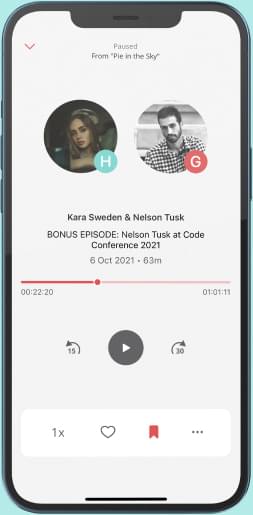
The Benefits of Recycling Wind Turbines While wind energy is renewable and non-polluting, the wind turbines themselves can create pollution problems. Now, scientists are creating wind turbines that can be made with less energy, but also create less waste because they can be recycled. This, of course, reduces impacts on the waste stream and provides a sustainable alternative to current wind turbines that are often extremely hard to recycle. Moreover, the new material requires less energy to create and mold into the desired output, subsequently reducing associated greenhouse gas emissions. Making Wind Turbines with Recyclable Resin Not surprisingly, even renewable energy resources also have environmental costs. For instance, when the life of a wind turbine ends (after about 20 years), it ends up in landfills. Moreover, as more wind farms are built and older turbines are taken out of usage, the waste burden is significant. Most resins also used in wind turbines require many nonrenewable resources and a lot of energy to produce. In addition, they do not easily degrade. This is why researchers at the National Renewable Energy Laboratory (NREL) started developing turbines from recyclable resin. They call the resin PECAN, and it is created with “bio-derivable resources” like sugars as opposed to the type of resin that has traditionally been used, which is not bio-derived and extremely hard to upcycle. Specifically, when the wind blades are unusable they are shredded to be used as “concrete filling”, which never biodegrades, while turbines made of recyclable resin can chemically break down within 6 hours. Benefits of Recyclable Resin Not only can PECAN withstand harsh weather, but it does not deform over time. Additionally, once the resin undergoes a chemical process called “methanolysis” it only takes 6 hours for the original carbon and glass to be recovered to be recycled. Moreover, the catalyst to harden the resin is also recovered and this means that it is possible for it to be used again (creating a circular waste stream). Moreover, PECAN produces “40% less greenhouse gas emissions and 30% less energy to make”. Challenges of Implementation There is a general lack of awareness of solutions like PECAN which strive to make our waste stream more circular, and without that awareness, it would not be able to make the large positive impact that it is capable of making. This is also one of the reasons why right now, wind turbines made out of recyclable resin proves to be more expensive, as there is not enough of a demand for it yet. Ryan Clarke believes that creating wind turbines from naturally occurring resources like sugars can be extremely helpful in waste reduction. Additionally, he emphasizes that larger deployment of this technology and increased awareness can lead to major cost savings in the long run. About Our Guest Ryan Clarke studied materials science and became a postdoctoral researcher for the National Renewable Energy Laboratory, where he was the study’s lead author. Now, he works at Hexion Inc. as a R&D material scientist. ResourcesreNews, NREL Develops Recyclable Resin for Wind BladesENERGY THEORY, NREL Develops Wind Turbine Blades From Recyclable ResinEnvironment + Energy Leader, NREL’s Breakthrough in Renewable, Recyclable Wind Energy Further ReadingResearch Gate, A Recyclable Epoxy for Composite Wind Turbine BladesNEW ATLAS, Fast-Dissolving Bio Resin Could Drive Recycling of Wind Turbine Blades For a transcript, please visit: https://climatebreak.org/recyclable-resin-for-wind-turbines-with-ryan-clarke/
From "Climate Break"


Comments
Add comment Feedback